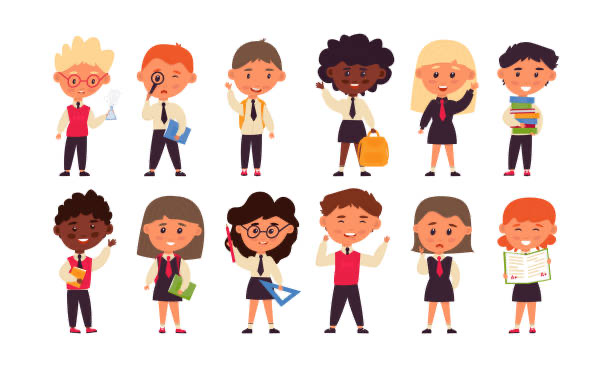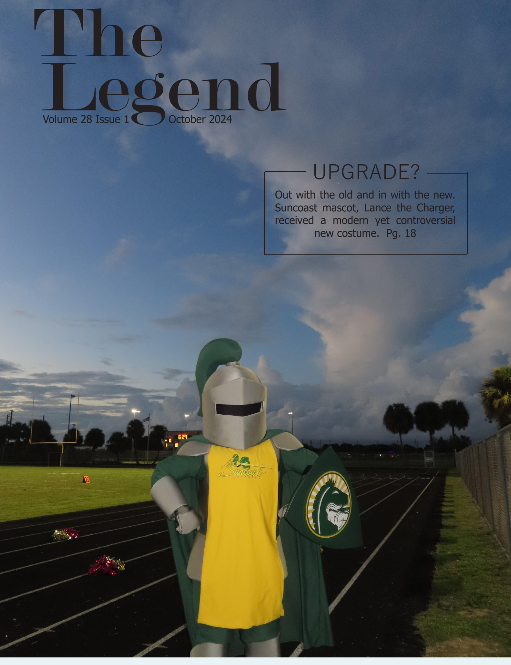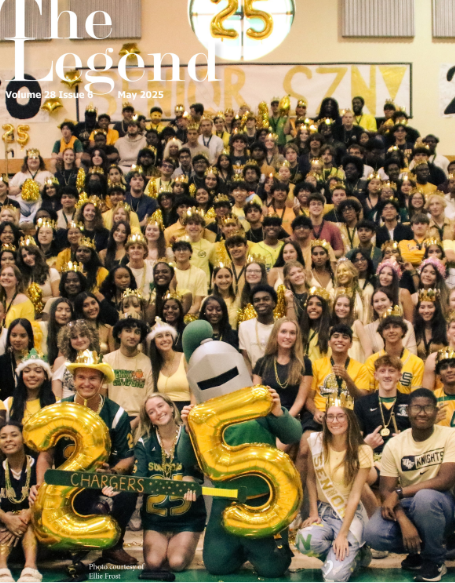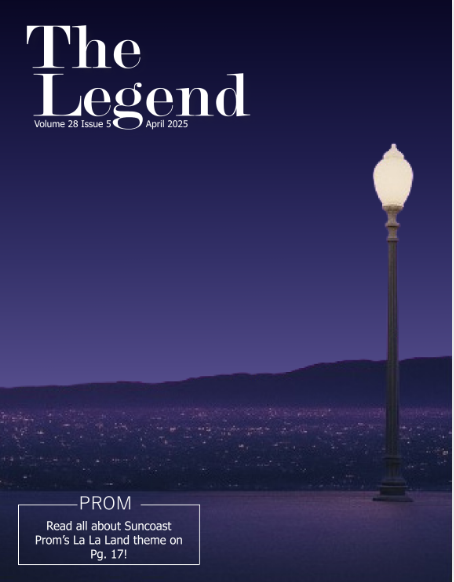Discourse Over Dress Codes
Dress codes in schools have caused a significant discourse among students.
January 26, 2023
Over the last decade dress codes have become a predominant example of how schools limit their students. Students often argue about the fact that dress codes are only in place to show just how much authority schools have. Social media has caused significant uprisings on whether dress codes are all that necessary.
Girls often argue that these rules are only set to punish them. Women are often penalized for what they are wearing in contrast to men. They are more likely to get penalized for not following the rules while boys are given more leniency. This has led to complaints of sexism and discrimination, which has caused arguments and discussions on whether or not girls are being sexualized and objectified by school personnel.
Over the last few years with the increase in the usage of social media, the discrimination rooted in dress codes has become a more widespread debate. Girls have taken to these apps including Instagram and Snapchat to share their frustrations and have been met with support from others who feel the same way. Movements have been created from the support that girls receive.
An example of one of these movements is the SPARK Movement. According to their website, the SPARK Movement is “A girl-fueled, intergenerational activist organization working to ignite and foster an antiracist gender justice movement to end violence against women and girls and promote girls’ healthy sexuality, self-empowerment, and well-being. By providing feminist, girl-focused training, consulting services, curriculum, and resources, SPARK aims to arm activists, educators, community leaders, and girls themselves to foster coalitions and partnerships to ignite and support a global young feminist movement.”
This activism helps support girls who feel as though their school is against them for wanting to express themselves.
Another problem that schools face with dress codes is whether or not they are discriminatory toward minority groups. The constitution of the United States directly prevents both private and public institutions from being directly discriminatory towards their students’ expression. According to an article about things that public schools can and can not limit published by the ACLU, “While public schools are allowed to have dress codes and uniform policies, they cannot discriminate against certain students or censor student expression.” Although schools try to be as regulated as possible in their dress codes, there are legal limits to what they can and can not allow such as religious items contrary to specific clothing items such as tank tops.
Many students feel as though they are discriminated against when it comes to how they are punished when breaking dress code regulations and how they are treated differently than others. The goal of dress codes is to bring a sense of protection and respect to schools that they would not have if students were allowed to walk around the schools wearing whatever they wished to wear, which, oftentimes, would be pajamas. Dressing in professional attire helps students keep up with the casual yet modest clothing that you commonly see in the workplace.
Suncoast student, Saba Haque, stated that dress codes are “illogical and don’t make sense, and people usually don’t follow them.” This ties into the thoughts of many students around Suncoast, who all agree that having a dress code leads to a loss of individuality and self-respect.
Although many students do not agree with dress codes, they agree with the fact that they prefer a more strict dress code rather than a uniform. The sense of individuality is a significant contributing factor to this. According to the Great Schools article on whether or not uniforms are beneficial, “ The vast majority — 90 percent of students — reported that they disliked wearing uniforms.”
Parents largely agree that the price of uniforms is largely different from the cost of regular clothing. Wearing uniforms to school can cause issues with students who do not have financial stability. This can lead to bullying and cause larger problems within the schools.
Dress codes have caused a large debate publicly between students throughout the United States, whether over the fact that they are discriminatory towards girls and religious groups or over the fact that they are better than school uniforms. This debate has been going on for years and though it has made progress in making schools more equal there is still no clear ending to the discourse.








